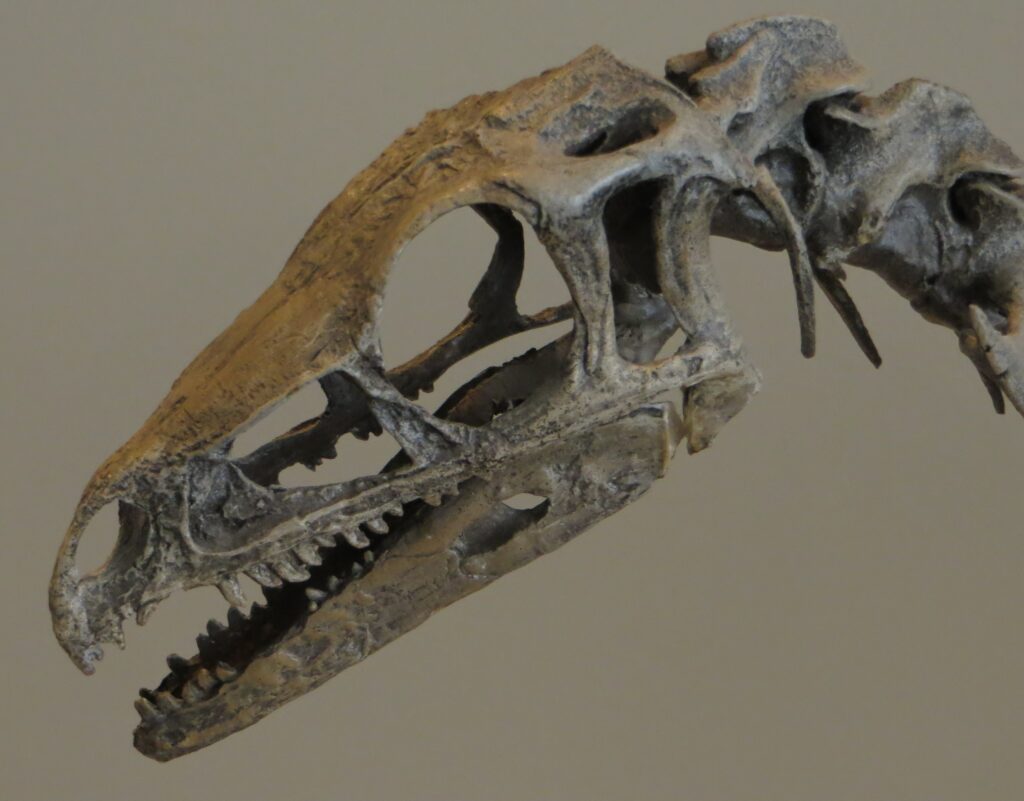Paleontologists have long been fascinated by the dietary habits of dinosaurs, and one of the most revealing clues lies right in their mouths. Dinosaur teeth, much like those of modern animals, evolved specific shapes and structures that perfectly matched their feeding strategies. These dental adaptations provide scientists with crucial information about what these prehistoric creatures ate, how they processed their food, and ultimately, their ecological roles. By examining tooth morphology—including size, shape, serrations, and wear patterns—researchers can reconstruct ancient food webs and understand how different dinosaur species coexisted within their ecosystems. This fascinating field of study, known as dental paleoecology, continues to reveal new insights about dinosaur lifestyles and evolutionary adaptations.
The Fundamentals of Dinosaur Dental Morphology

Dinosaur teeth exhibit remarkable diversity in their design, with each specialization serving a specific dietary function. The basic components that paleontologists examine include crown shape, root structure, enamel thickness, and the presence or absence of serrations (tiny ridges along the edge). Additionally, tooth replacement patterns provide clues about feeding frequency and intensity, as some dinosaurs could replace their teeth continuously throughout their lives—a process called polyphyodonty. Modern reptiles like crocodiles share this ability, while mammals typically get only two sets of teeth. The position of teeth within the jaw also matters significantly, as some dinosaurs had specialized teeth in different parts of their mouths for various functions like gripping, slicing, or grinding. Together, these dental characteristics form a comprehensive picture of how dinosaurs processed different food sources in their environments.
Fearsome Serrations: The Hallmark of Carnivorous Teeth
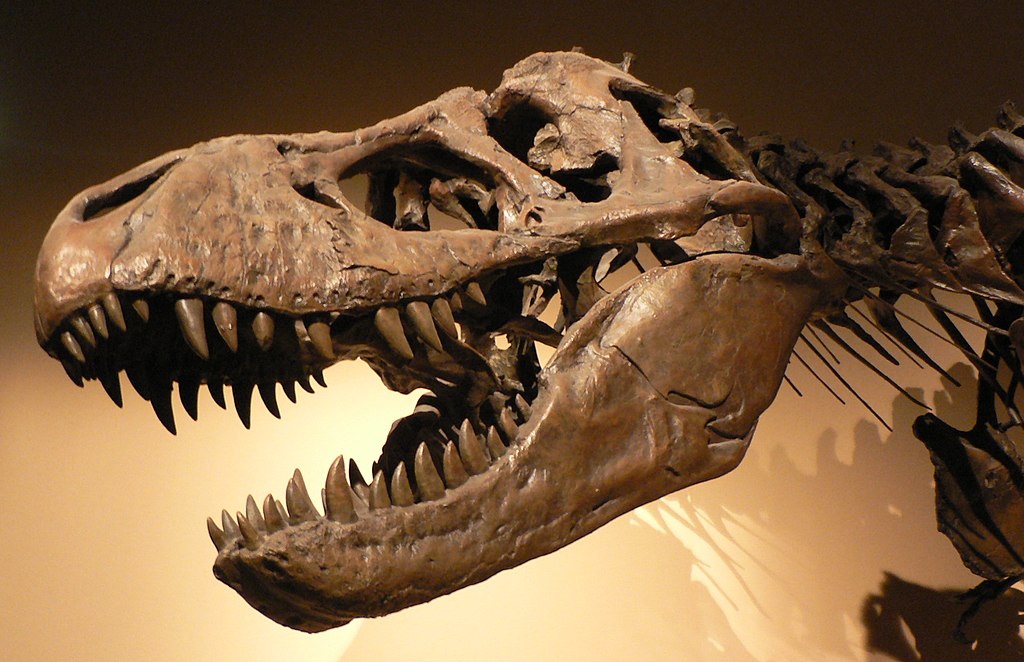
Perhaps the most iconic dinosaur teeth belong to carnivorous theropods like Tyrannosaurus rex, featuring large, dagger-like teeth with distinctive serrated edges. These serrations weren’t merely decorative—they functioned similarly to steak knives, allowing predators to slice through tough flesh and sinew with remarkable efficiency. The serrations often varied in size and spacing depending on the predator’s hunting style and prey preferences. For example, velociraptors possessed densely packed, fine serrations perfectly adapted for cutting through smaller prey, while larger tyrannosaurids had more pronounced serrations suited for dismembering larger animals. Modern research has revealed that these serrations were often reinforced with specialized dental tissue arrangements that prevented teeth from cracking under the extreme forces generated during feeding. Some theropods even had specialized bacteria that colonized the spaces between serrations, potentially causing septic infections in wounded prey that escaped initial attacks.
Leaf-Shaped Teeth: The Plant-Eaters’ Adaptation

Herbivorous dinosaurs like ceratopsians (including Triceratops) and many ornithopods developed distinctive leaf-shaped teeth with complex ridges and surfaces optimized for processing fibrous plant material. These teeth featured broad, somewhat flattened crowns with small denticles (tiny projections) along their edges that helped slice through tough vegetation. The shape allowed for maximum contact with plant matter while providing efficient cutting edges. Unlike carnivore teeth, herbivore teeth needed to withstand constant grinding against abrasive plant materials containing silica particles that accelerated tooth wear. To compensate, many herbivorous dinosaurs evolved teeth that grew continually and were arranged in compact “dental batteries”—tightly packed rows where multiple teeth would function together as a single cutting or grinding surface. This remarkable adaptation ensured that as teeth wore down from the rigors of plant processing, new teeth were already in place to maintain effective feeding capability throughout the animal’s life.
Peg-Like Teeth: Signatures of Specialized Diets
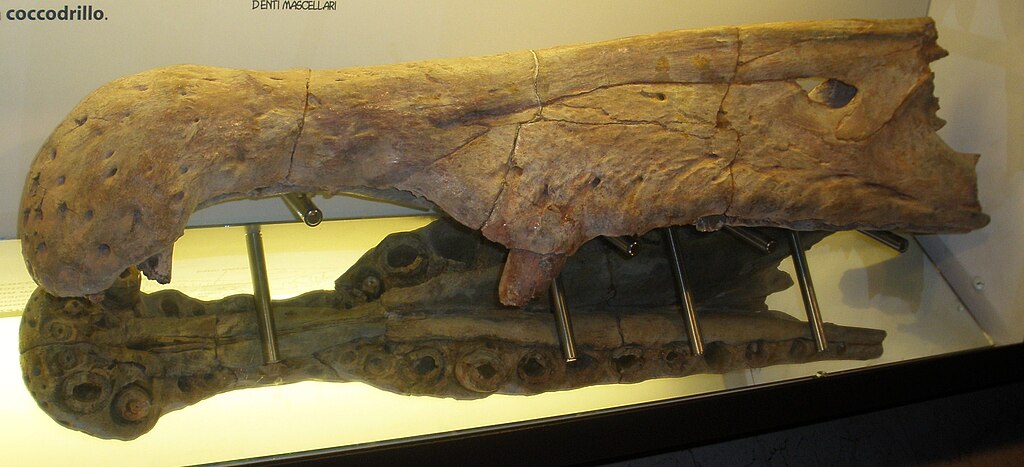
Some dinosaurs evolved simple, conical peg-like teeth that reveal highly specialized feeding behaviors. Spinosaurid dinosaurs like Spinosaurus and Baryonyx possessed numerous conical teeth reminiscent of those seen in modern crocodilians—an adaptation perfectly suited for catching and holding slippery prey like fish. These teeth lacked the sharp cutting edges of typical carnivore teeth, instead featuring subtle ridges running lengthwise down the tooth surface (called fluting) that strengthened the structure while helping to pierce and hold struggling prey. Similarly, some sauropods (long-necked dinosaurs) had simple peg-like teeth concentrated at the front of their mouths, suggesting they used these teeth primarily for stripping leaves rather than extensive chewing. The relatively simple design of peg-like teeth underscores an important principle in evolutionary biology: when organisms specialize in particular food resources, their adaptations often become highly refined for efficiency rather than versatility. The presence of these teeth in the fossil record immediately signals to paleontologists that they’ve found a dietary specialist rather than a generalist feeder.
Spatulate Teeth: The Versatile Plant Processors

Hadrosaurs, commonly known as duck-billed dinosaurs, developed some of the most sophisticated dental arrangements in dinosaur evolution with their spatulate (spoon-shaped) teeth. These teeth were arranged in complex dental batteries containing hundreds of teeth that worked together as an integrated grinding surface. Each tooth had a broadly expanded crown with a diamond or leaf-shaped profile when viewed from the side, providing excellent surface area for crushing plant material. The tooth surfaces featured ridges and specialized wear patterns that created self-sharpening edges maintained throughout continuous use. When examining hadrosaur dental batteries, paleontologists have discovered evidence of precise tooth-on-tooth occlusion (how upper and lower teeth met), suggesting these dinosaurs could perform complex chewing motions similar to modern ungulates like cows and horses. This remarkable dental adaptation allowed hadrosaurs to process a wide variety of plant materials with different textures and toughness, potentially contributing to their widespread success during the Late Cretaceous period.
Tooth Size Ratios and Dietary Implications
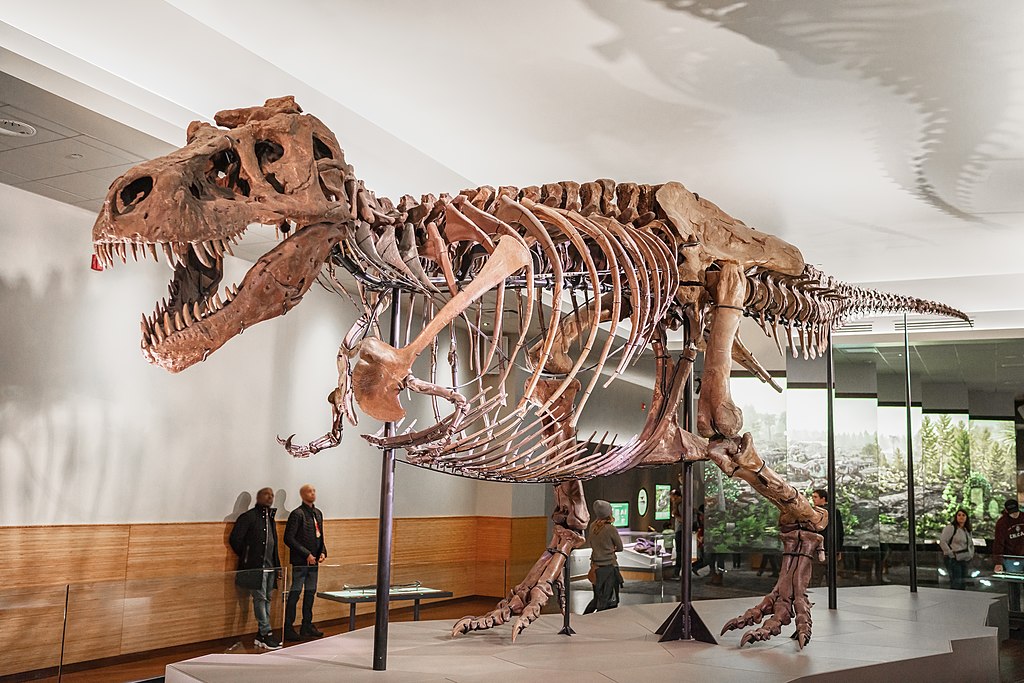
The relative size of dinosaur teeth compared to their skull and body dimensions provides valuable clues about feeding specializations and bite mechanics. Large carnivores like Tyrannosaurus rex possessed enormous teeth relative to their skull size, with some individuals having teeth exceeding 30 centimeters in length, including the root. This extreme tooth-to-jaw ratio indicates an animal capable of delivering devastating bites with enormous pressure concentrated at the tooth tips. Conversely, some herbivorous dinosaurs had relatively small teeth compared to their massive bodies, but compensated with higher tooth counts and more complex chewing mechanisms. Paleontologists can calculate tooth size ratios by measuring the crown height relative to skull length or estimated body mass, then compare these values across different species to identify outliers that might represent specialized feeding adaptations. These comparisons have revealed that dinosaurs with similar diets but from different evolutionary lineages often converged on similar tooth size ratios, demonstrating how dietary pressures can drive predictable anatomical adaptations across unrelated groups.
Microscopic Tooth Wear Patterns: Dietary Detectives

Modern paleontological techniques include microscopic examination of tooth surfaces to identify distinctive wear patterns that reveal specific feeding behaviors. Different food types leave characteristic scratches, pits, and gouges on tooth enamel that can be analyzed using scanning electron microscopy and other advanced imaging methods. Vertical scratches typically indicate slicing through meat or tough plant fibers, while horizontal scratches suggest grinding motions used to process vegetation. Pitting patterns occur when teeth encounter hard objects like seeds, nuts, or bones during feeding. These microwear signatures are so reliable that researchers can often distinguish between browsers (animals that eat leaves and soft vegetation) and grazers (those that consume tougher grasses near ground level) based solely on tooth wear patterns. By comparing microwear in dinosaur teeth to that of modern animals with known diets, paleontologists can make surprisingly detailed inferences about the specific plants or prey items that made up ancient dinosaur diets, providing unprecedented insights into prehistoric ecosystems.
Omnivorous Adaptations: The Best of Both Worlds
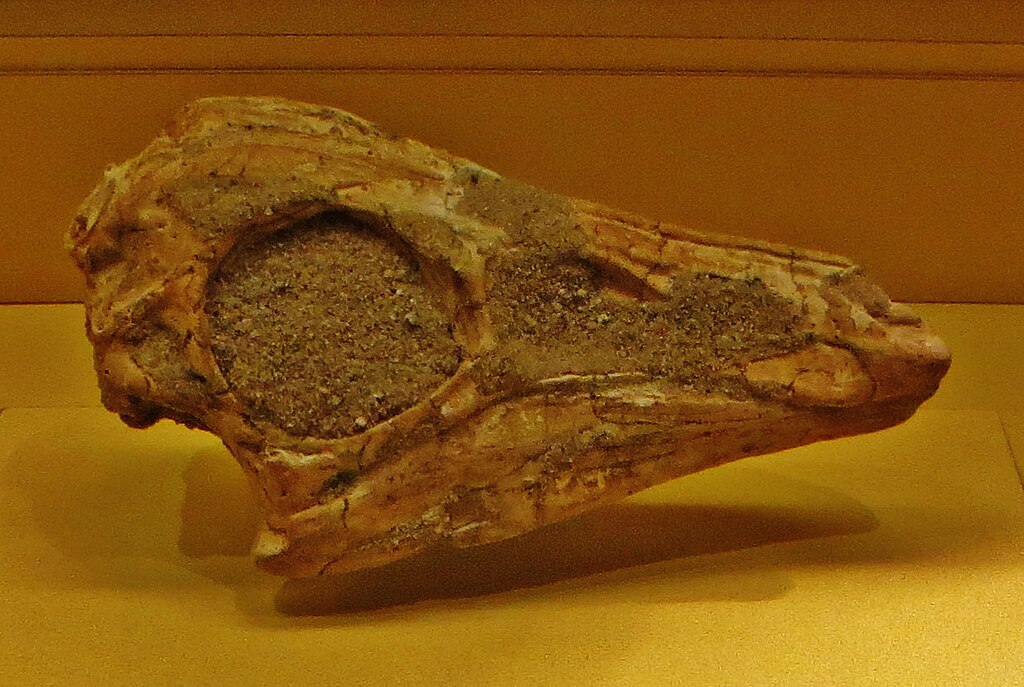
Some dinosaurs display dental characteristics suggesting omnivorous diets, combining features optimized for both plant and animal consumption. Ornithomimosaurs (ostrich-like dinosaurs) and certain theropods like Gallimimus had small, weakly developed teeth or completely toothless beaks, potentially indicating diets that included soft vegetation, fruits, insects, small vertebrates, and eggs. Heterodontosaurids, small ornithischian dinosaurs from the Early Jurassic, possessed particularly interesting dental adaptations with different tooth types within the same mouth—enlarged canine-like teeth at the front (potentially for display or defense) and leaf-shaped cheek teeth for processing plant matter. This dental heterodontia (different tooth types) parallels the condition seen in modern omnivorous mammals like humans and bears. The versatility provided by omnivorous dental adaptations may have offered significant survival advantages during environmental changes when preferred food sources became scarce. These adaptable feeders could potentially shift their diets seasonally or opportunistically, allowing them to exploit multiple ecological niches rather than specializing in just one food resource.
Enamel Thickness and Dietary Hardness
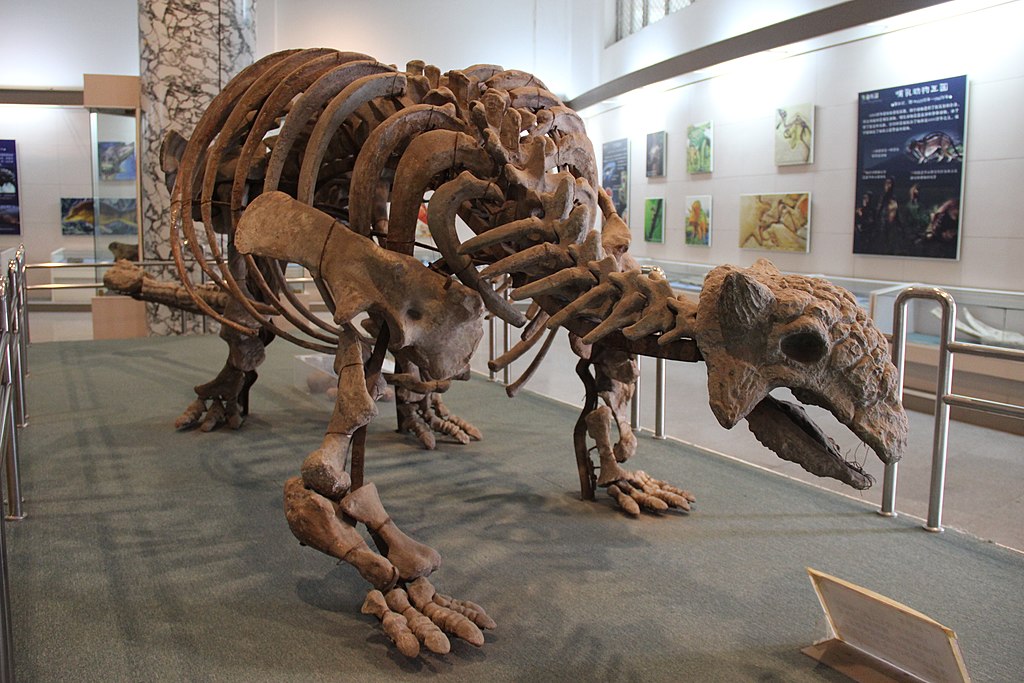
The thickness and microstructure of tooth enamel—the hard, protective outer layer of teeth—provides critical information about the mechanical properties of dinosaur diets. Dinosaurs that regularly consumed hard or abrasive foods generally evolved thicker enamel to withstand increased wear and prevent premature tooth failure. Ankylosaurs, the heavily armored tank-like dinosaurs, possessed particularly thick enamel on their leaf-shaped teeth, suggesting they consumed tough, fibrous vegetation that required substantial processing. Some carnivorous dinosaurs developed specialized enamel distribution patterns with thicker enamel on tooth edges that experienced the most stress during feeding. Advanced imaging techniques now allow researchers to examine enamel microstructure non-destructively, revealing complex patterns of enamel prisms and growth lines that reflect developmental adaptations to specific dietary challenges. Recent studies have even found evidence that some dinosaur groups could modify their enamel thickness in response to environmental changes during their evolutionary history, demonstrating remarkable adaptive plasticity in response to shifting food resources.
Filter-Feeding Specializations: The Marine Adaptations
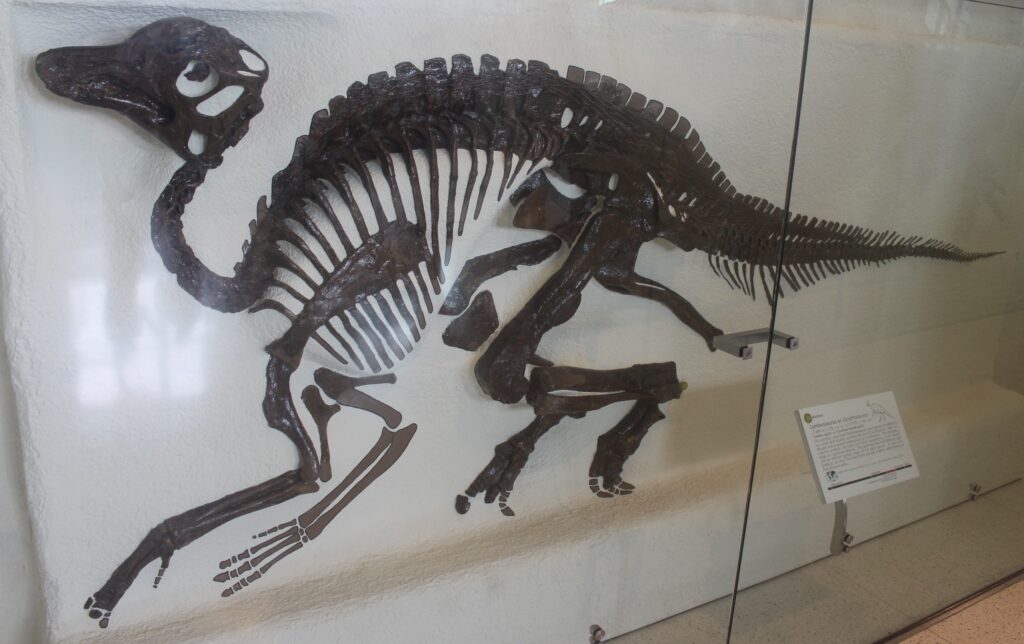
While most dinosaurs were terrestrial, some, like the duck-billed hadrosaurs, show dental and jaw adaptations suggesting potential specialized feeding in aquatic environments. Some hadrosaur species possessed hundreds of small, tightly packed teeth forming broad dental batteries that may have functioned as filtering mechanisms for processing water plants, algae, or small aquatic organisms. The expanded, duck-like bills of these dinosaurs could have been used to scoop up water and vegetation, with their complex tooth batteries straining out nutritious material. Similar adaptations appear in pterosaurs (flying reptiles) like Pterodaustro, which had over 500 bristle-like teeth adapted for filter-feeding in lake environments. Although not true dinosaurs, these contemporaries demonstrate how tooth specialization could evolve for aquatic feeding niches. Recent studies of hadrosaur tooth wear patterns and isotopic signatures support the hypothesis that at least some species spent significant time feeding in or near water, demonstrating how dental evidence can provide insights beyond simply identifying food types to reveal broader ecological behaviors.
Dental Batteries: Evolution of Complex Chewing
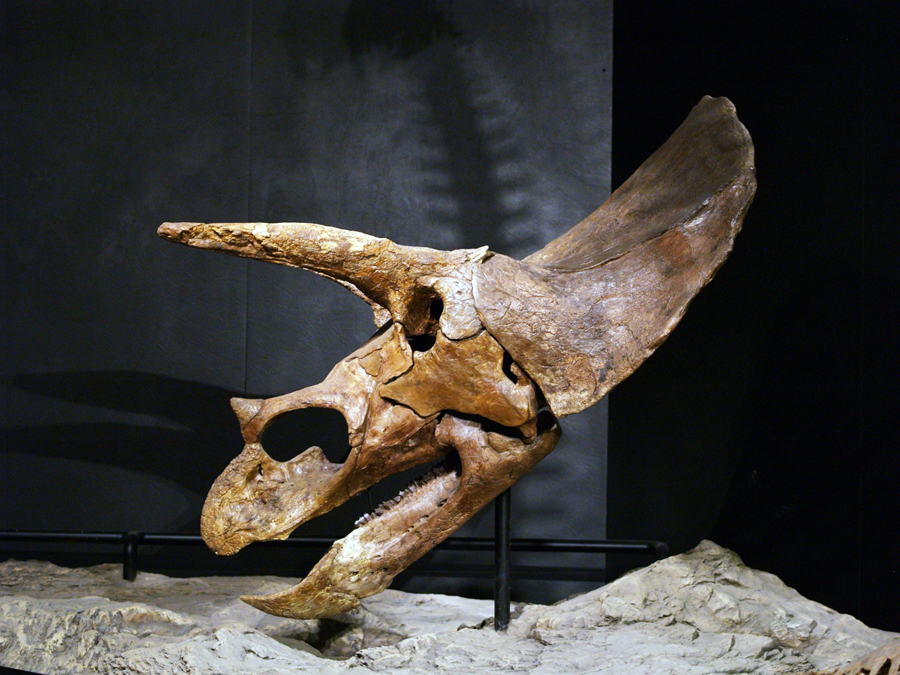
Perhaps the most sophisticated dental adaptation in dinosaur evolution was the development of dental batteries in several herbivorous groups. Unlike the single-replacement tooth system seen in mammals, these dinosaurs developed columns of stacked replacement teeth that would continuously move into position as surface teeth wore down. Ceratopsians like Triceratops could have over 800 teeth present in their jaws at one time, with only a fraction actively participating in food processing at any moment. Hadrosaurs took this adaptation even further, evolving complex batteries with multiple tooth columns tightly packed together to form continuous grinding surfaces. The teeth in these batteries were often cemented together with specialized dental tissues, creating functionally integrated chewing surfaces that worked like self-sharpening organic millstones. This remarkable adaptation allowed for efficient processing of tough vegetation while ensuring continuous function despite high wear rates. The convergent evolution of dental batteries in multiple dinosaur lineages underscores how powerful the selective pressure for efficient plant processing was in driving dental innovation among these remarkable animals.
Modern Techniques in Dinosaur Dental Analysis
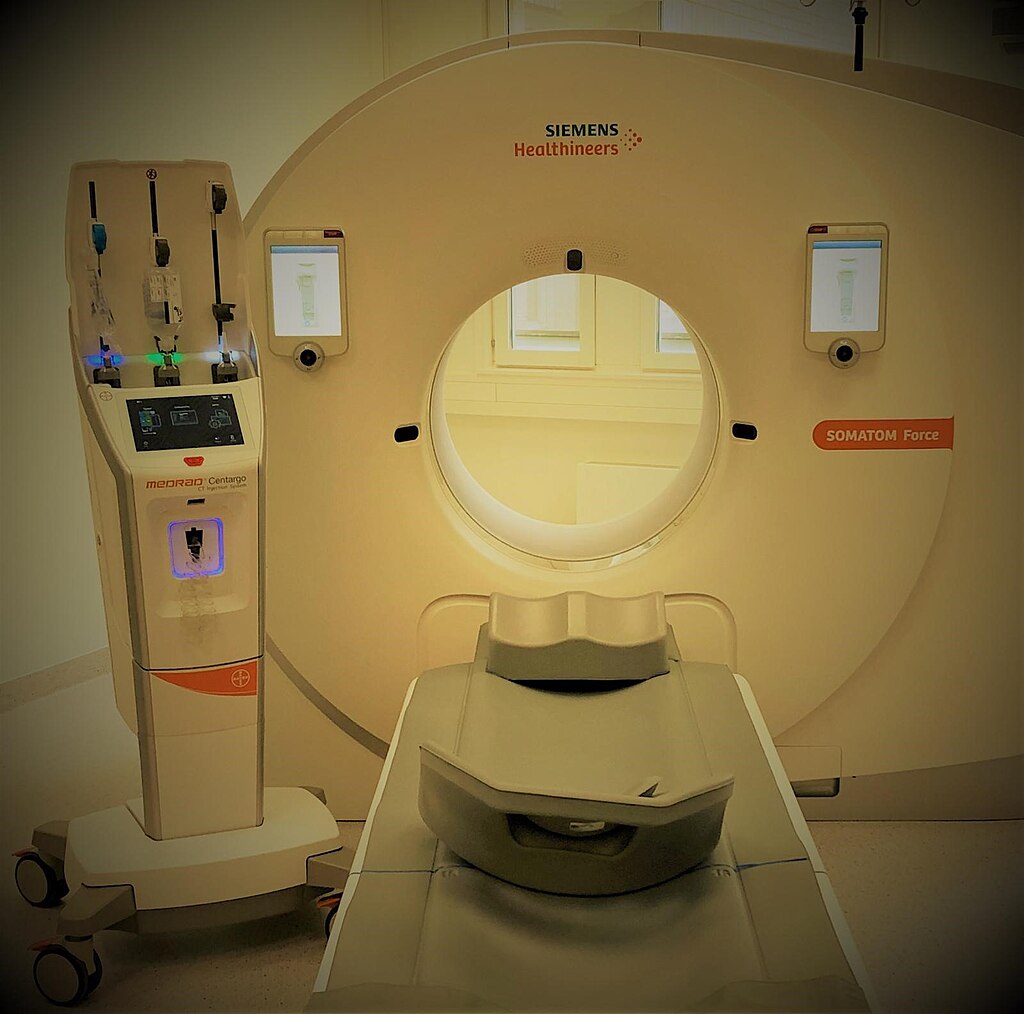
Contemporary paleontologists employ an impressive array of advanced technologies to extract maximum information from fossil teeth. Computed tomography (CT) scanning allows researchers to examine internal tooth structures without damaging precious specimens, revealing growth patterns, vascular channels, and replacement teeth still embedded in jaw bones. Stable isotope analysis of tooth enamel can determine what types of plants dinosaurs consumed based on carbon isotope ratios, or even reveal information about their drinking water sources through oxygen isotope signatures. Finite element analysis, a computer modeling technique borrowed from engineering, enables scientists to simulate biting forces and stress distribution across dinosaur teeth during different feeding behaviors. Additionally, advanced microscopy techniques, including scanning electron microscopy and confocal laser scanning microscopy, allow for unprecedented visualization of microscopic tooth wear features and enamel microstructure. These cutting-edge approaches, combined with traditional morphological studies, have revolutionized our understanding of dinosaur diets and continue to yield new insights about how these ancient creatures interacted with their environments.
From Teeth to Ecosystems: Reconstructing Dinosaur Food Webs
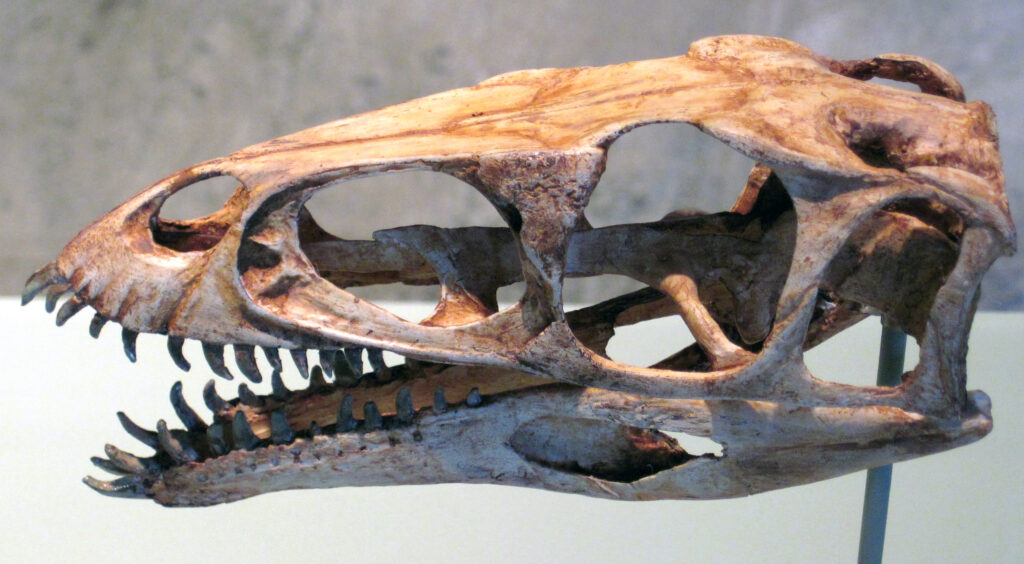
The culmination of dental research lies in its application to understanding broader ecological relationships among dinosaur communities. By analyzing the teeth of multiple species from the same fossil deposit, paleontologists can reconstruct ancient food webs and ecological niches with remarkable detail. Evidence of tooth marks on bones, coprolites (fossil dung) containing partially digested material, and stomach contents preserved as fossils provides direct evidence that corroborates dental predictions about feeding behaviors. These reconstructions reveal fascinating ecological patterns, such as how different herbivores partitioned plant resources by specializing in different plant parts or vegetation heights. Similarly, carnivorous dinosaurs often show evidence of niche partitioning, with different predators specializing in different prey sizes or hunting techniques. The wealth of information derived from dental studies has transformed our understanding of dinosaur ecology from simplistic assumptions to nuanced reconstructions of complex ecosystems. This ecological context helps explain patterns of dinosaur evolution and extinction, providing valuable insights into how ancient ecosystems functioned and responded to environmental changes throughout the Mesozoic Era.
Conclusion
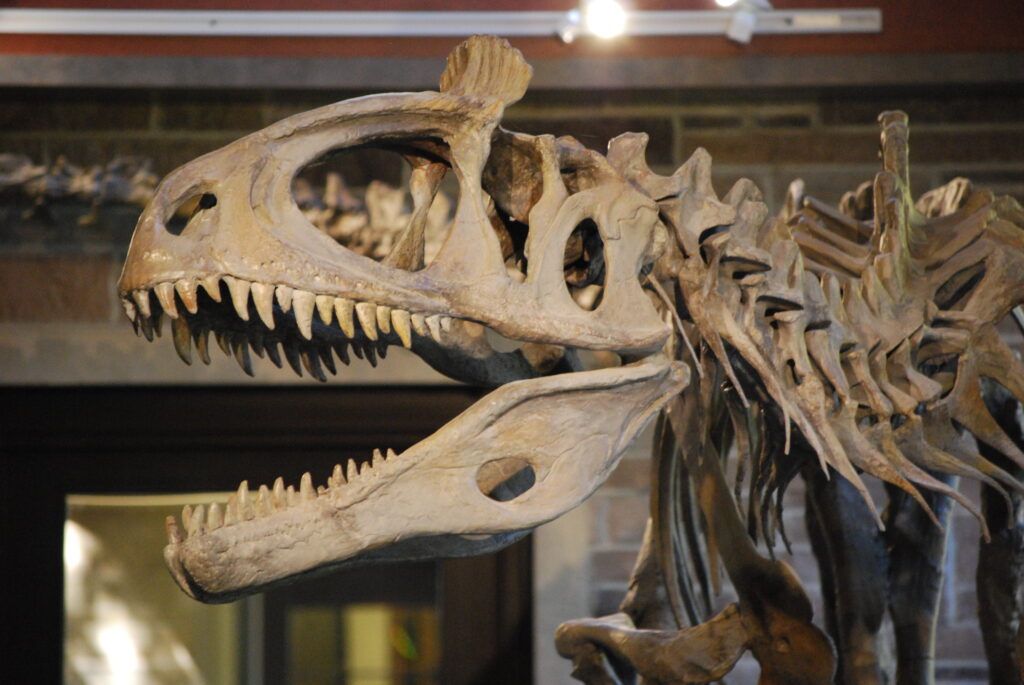
The study of dinosaur teeth provides an extraordinary window into the lives of animals that vanished millions of years ago. From the knife-like serrations of predators to the complex grinding batteries of plant-eaters, dental adaptations tell a compelling story of evolutionary innovation driven by dietary specialization. Modern analytical techniques continue to extract new information from these fossil remains, allowing scientists to paint increasingly detailed pictures of dinosaur feeding behaviors and ecological relationships. As paleontological methods advance, our understanding of how dinosaur teeth functioned—and what they reveal about prehistoric diets—grows ever more sophisticated. This fascinating intersection of biology, geology, and evolutionary science demonstrates how a single aspect of dinosaur anatomy can illuminate entire prehistoric ecosystems, connecting the shapes of ancient teeth to the complex web of life that dominated our planet for over 160 million years.

